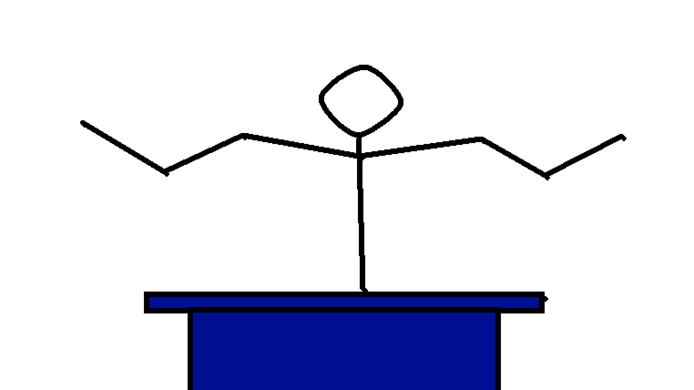Politics: Where first impressions count

Every day, politicians compete for the favour of the electorate. In the process, they also communicate via non-verbal signals: "We mustn't underestimate the role of non-verbal communication. People judge others by their appearance, how they talk and move and other outward features", explains anthropologist Markus Koppensteiner. "Especially in this day and age, where we usually see politicians in short clips on TV or on our smartphone, the content fades into the background. In the stream of information, we form our impression by latching onto quickly perceivable, non-verbal signals such as motion patterns." As part of a project by the Austrian Science Fund FWF, he has investigated the way in which different communication channels shape how politicians are judged in practice.
Authentic material
The team headed by Koppensteiner designed an elaborate study for the project. Test subjects were confronted with 16-second clips of political speeches from the German Bundestag. The intention was to ensure that the test subjects were not familiar with the politicians' personalities, and prejudice and party allegiances were to be eliminated as interfering factors. The first and second groups were shown either the original video or just a still photo from the speech. Groups three and four listened either to a recording of the speech or its contents read by a monotone computerised voice. The fifth group was shown animated stick figures specially developed for the study which portrayed the movements in abstract form.
Simple motion patterns are decisive
The main focus was on the role of body movements in ascribing personality characteristics. It turned out that they play a major role, particularly in our perception of extroversion. The research team was surprised by the extent to which test subjects' assessments were influenced by simple motion patterns. "Many, expansive movements with little variation in amplitude are seen as more extroverted", explains Koppensteiner. "Vertical movements in particular, i.e. lifting and lowering the arms, for example, are judged to be dominant. Even a few expansive up and down motions with the arms are enough to appear dominant."
Friend or foe
The important role of simple patterns of movement for first impressions could have its roots in evolution. "Dominance is an important characteristic for preparing or avoiding interaction and therefore needs to be easily recognizable", states Koppensteiner. The researcher is convinced that dominant behaviour is always accompanied by an aggressive component: "Our results showed that the motion patterns showing positive correlation with dominance had a negative correlation with the perception of friendliness and trustworthiness. It seems you can't appear dominant and at the same time friendly and trustworthy", adds Koppensteiner.
The voice sets the tone
However, as the study showed, movements were not alone in influencing the way impressions are formed. "The voice, i.e. its tone, intonation and pitch, had a strong effect. In the case of extroversion, friendliness and composure, there was also a link between voice and gestures as a jointly perceived signal", states Koppensteiner. According to Koppensteiner, the initial assessment of the extroversion, friendliness and composure of politicians is a very good indicator for predicting the overall judgement of their personality. The insights gained in the course of the FWF project reveal the major significance of non-verbal communication. The results are not only interesting for the research of perception, but also for the development of interfaces for man-computer interaction and for political science, as they underline how simple, superficially perceivable signals can influence public decision-making.
Personal details Markus Koppensteiner studied anthropology at the University of Vienna. After working in research and teaching at the University of Vienna, he will shortly continue his research at the Netherlands Institute for Advanced Study (NIAS) in Amsterdam. His research interests include social cognition, non-verbal communication and person perception.
Publications






